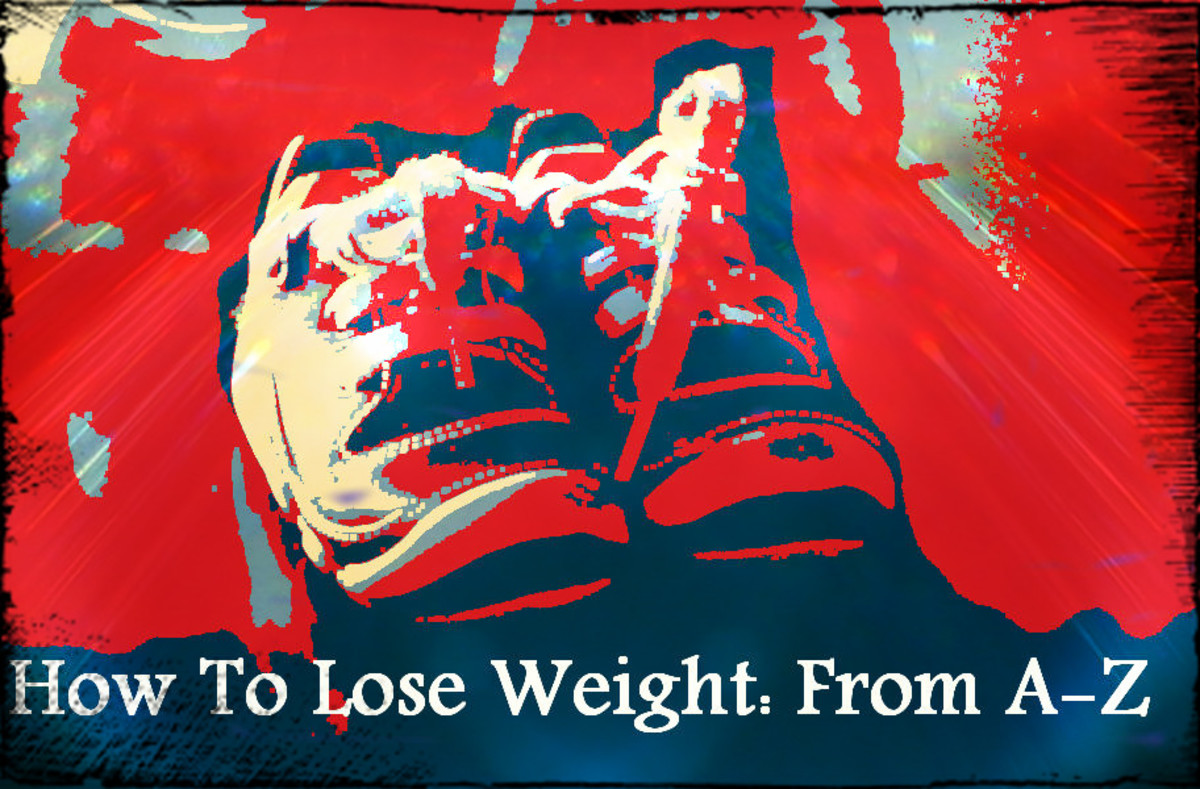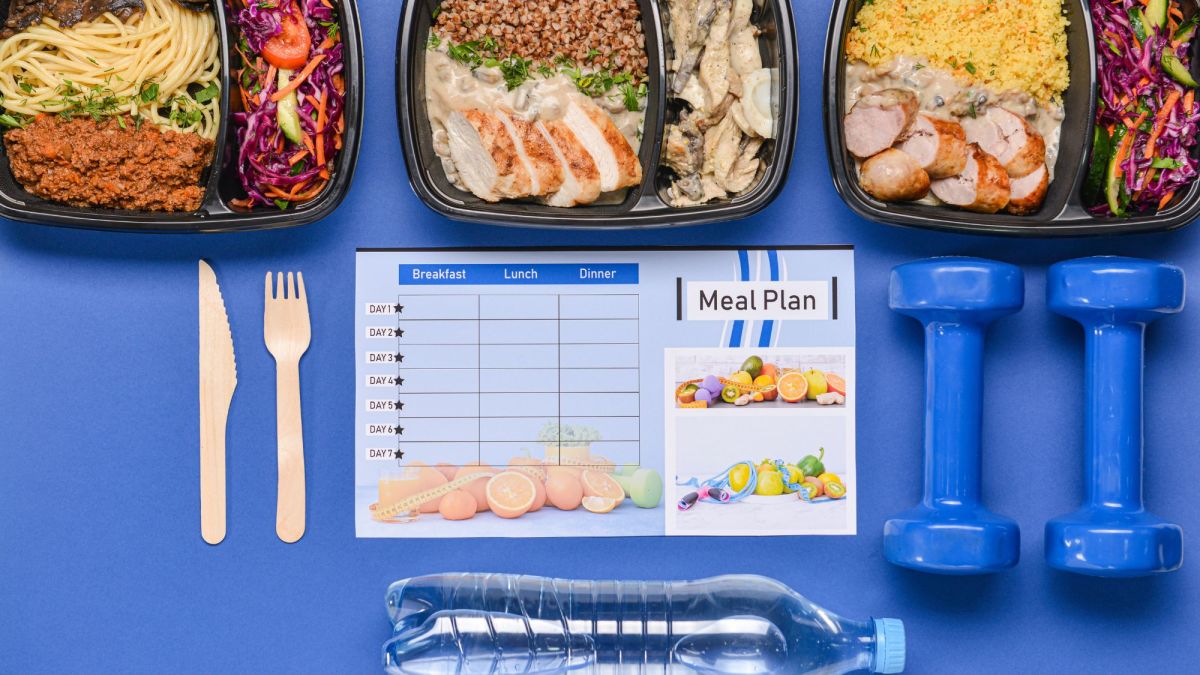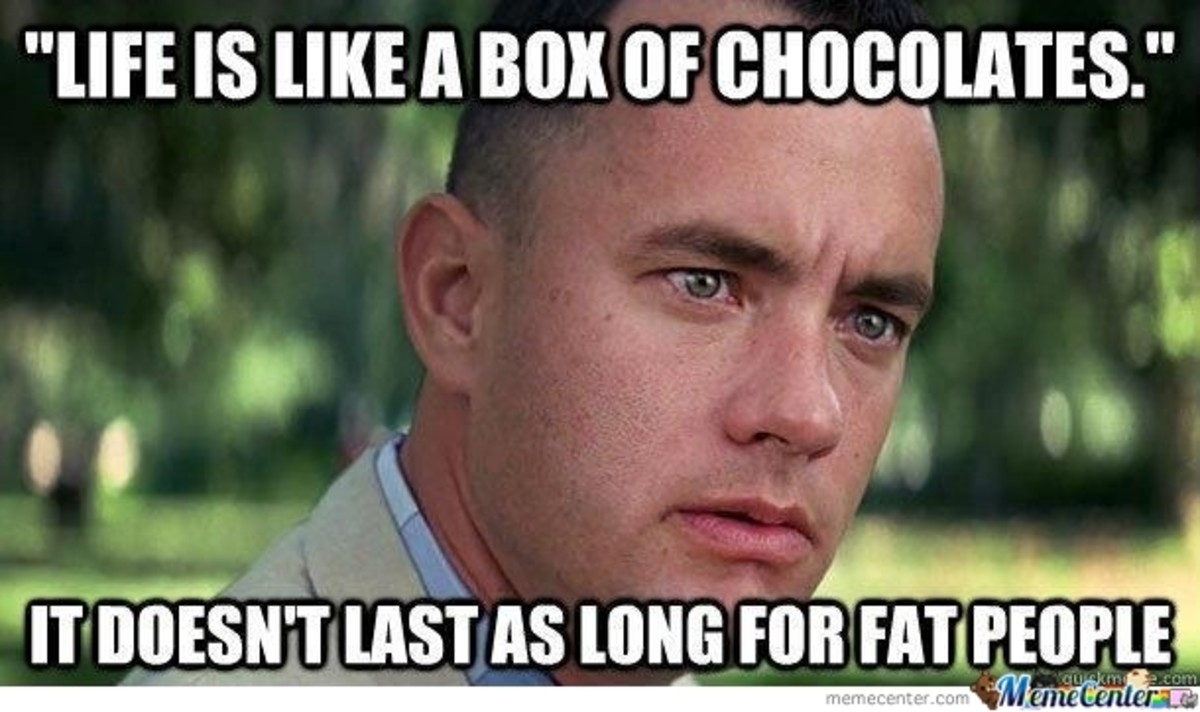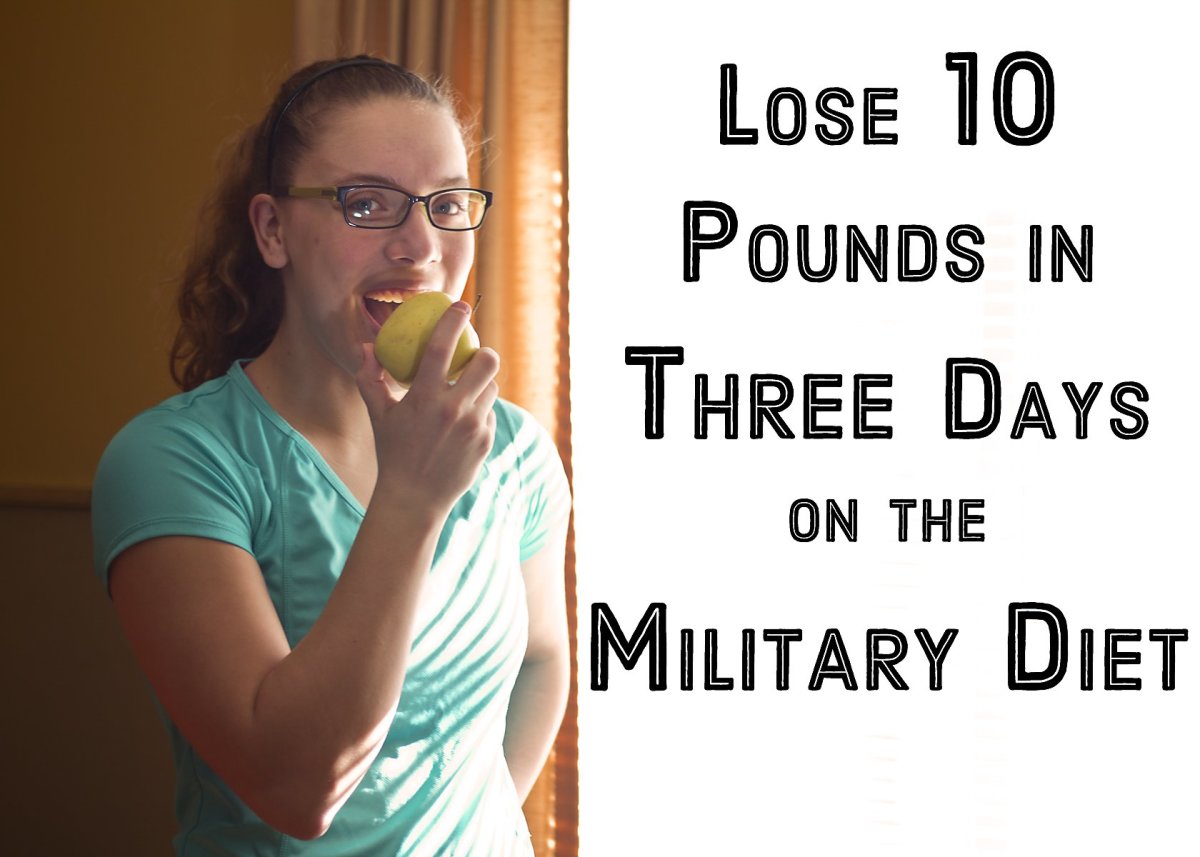The Skinny on Weight Loss and Working Out
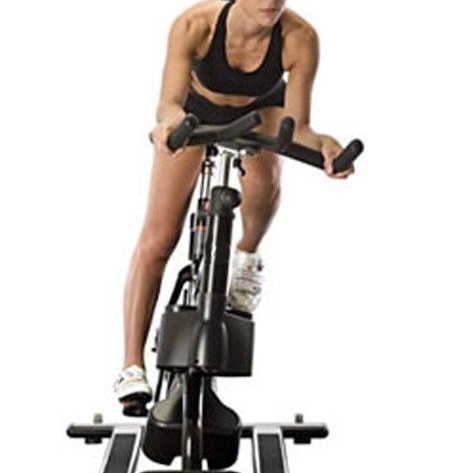
This article inspired by ii3rittles who asked:
Is 20 minutes on a stationary bike, every day, enough to lose 2-3lbs a week?
I am doing 20 minutes every day on my stationary bike, burning a little over 200 calories. I am also eating better and not eating past 1,500 calories. My goal is to lose 2-3lbs a week and over all drop 30-40 pounds by August. I am getting married in November and I want to slim down, back to the size I was 2 years ago. I gained 35-40lbs when I had to quit my job. I was in bed for months with sever anxiety and neck pain. I barley moved. To top that, I started eating meat again. I was a vegetarian for years. So do you think I will see good results doing 20 minutes a day?
How Long Must I ride a stationary bike to lose weight?
ANSWER:
The body burns stored up energy (glucose/glycogen) during those 20 minutes, so while any exercise would help your chances of not gaining weight, it will not impact weight loss.
It takes about 40 minutes of the heart rate being above a certain level (depending on a persons age, sex, etc.) after which the body will send a signal to start burning fat and converting it to energy.
But wait, I have heard about all these programs that burn fat after just 15 or 20 minutes of exercise!
For the exceptionally fit, who are not looking to burn fat but just maintain what they have, this works. However, It takes a few minutes just to get your BPM (beats per minute) to your THR (target heart rate) in order to burn fat most efficiently and then you need to maintain it there steadily for 40 minutes or more.
Most healthy adults will have a resting heart rate of 60-90 BPM. If you check your pulse (or have someone check it for you) and it is over 100 BPM while resting, I recommend you see a doctor before beginning or continuing your exercise program.
When you exercise you need to push yourself hard enough that your heart is pumping at 60 to 80 percent of your MHR (maximum heart rate), this becomes your THR.
An easy way (not the most accurate) to calculate your MHR is to subtract your age from 220. So, if you're 40 years old, your MHR is 180 and your target zone is 100 to 145 beats per minute. Studies show that working in your THR zone for 40 minutes has been found to activate your metabolism for the remainder of your day (essentially until you sleep).
Initially after your workout, your body will continue to burn fat for a short while, so long as you do not eat (or drink) anything (other than water), doing so sends a message to the body to stop burning fat, because a new source of fuel is arriving.
The body's fat burning process works best after you have slept (and not had anything to eat upon waking up) or gone a few hours during the day without eating or snacking (eating a breakfast but skipping lunch and then working out in the afternoon).
So, if the goal is to lose weight, try to make a habit of working out when you have had nothing to eat for at least a few hours, do not have any sugary drinks or solid foods after working out for at least a half hour after the workout to get its full fat burning benefit, and extend your workout to at least 45 minutes.
This just covers the exercise portion of it, your diet and the amount of sleep you get, can have just as big an impact on your health and weight.
Physical Activity for Weight Loss
The Centers for Disease Control and Prevention recommends 30 to 60 minutes of moderate aerobic activity on most days of the week, for a total of 150 minutes per week to maintain your weight and up to 300 minutes to lose weight. The CDC says 30 minutes of vigorous exercise offers the same weight-loss benefits as 60 minutes of moderate exercise, so you can exercise vigorously for half the time, 75 for weight maintenance or up to 150 minutes for weight loss, to get the same benefits.
© 2017 Ken Burgess

